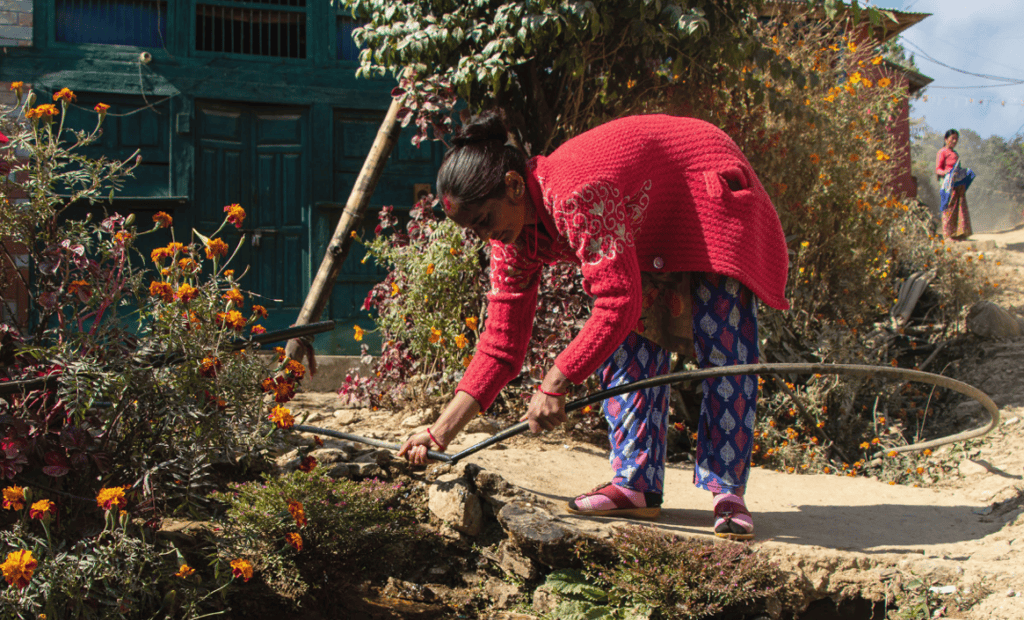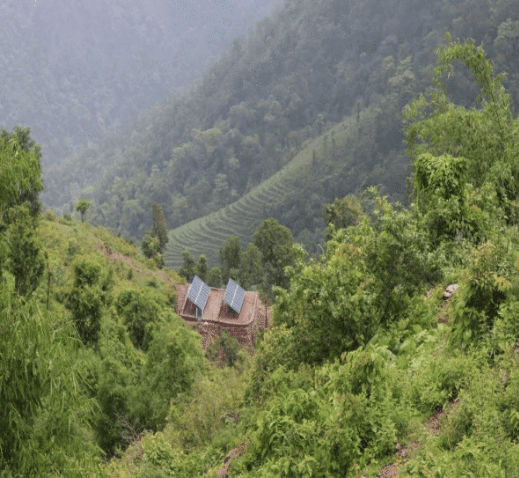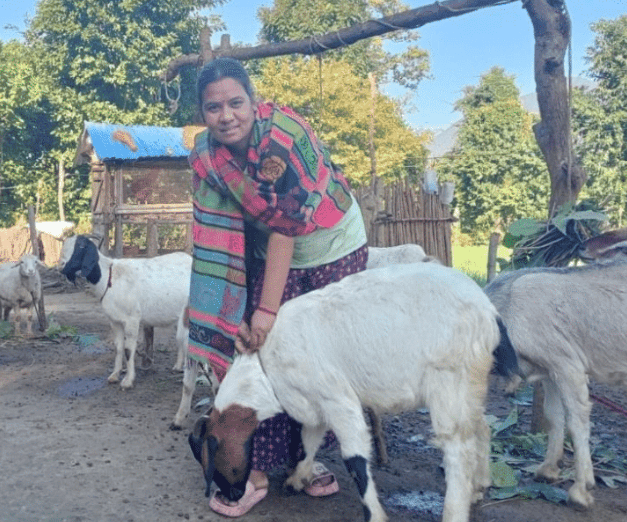


Renewable Energy Access for Livelihoods in
Fragile Buffer Zones Phase 2
Location
REALIZE 2 is delivered at two main levels: local in the Buffer Zone of the Bardiya National Park, Nepal, and national, reaching across Nepal:
National: Learning and sharing will extend to the buffer zone actors of Nepal’s 11 other National Parks, as well as other relevant provincial and national stakeholders.
Local: In Surkhet district, the project will focus on Bheri Ganga Municipality, Barahatal Rural Municipality, and all 100 schools of the two municipalities. In addition, in Salyan District we will work with Kalimati Rural Municipality and the School Management Committees of all 56 schools.
Project Dates
1 July 2025 – 30 June 2029
Technology
Solar dryer, solar-powered mill, solar-powered cold storage, solar-powered water pumping for multiple use system (Solar MUS), improved cookstoves, solar-powered early warning system for mitigating human-wildlife conflict, solar lamp posts, solar electrification of Rangers’ Posts.
Project Reach
Project goal: To reduce poverty, enhance conservation, and expand sustainable livelihoods among 35,000 people living in the northern buffer zone of Bardiya National Park, and accelerate adoption of best practices in the buffer zones of Nepal’s other 11 National Parks by June 2029.
REALIZE 2 reach includes:
Direct beneficiaries: @18,819 individuals, through agricultural livelihood enhancement activities and HWC mitigation interventions.
@26,000 school pupils reached through adapted local curricula
388 frontline workers supported with relevant capacity building
Over 400,000 people reached via mass media.
Project Partners
Local Initiatives for Biodiversity, Research and Development (LI-BIRD)
Beautiful Nepal Association (BNA)
Project Funders
Jersey Overseas Aid (JOA)
Target SDGs
1, 2, 3, 5, 6, 7, 8, 13, 15
Overview
Nepal’s 12 National Parks play a vital role in protecting fauna and flora and conserving fragile ecosystems. However, parks’ conservation and protection measures are limiting livelihood opportunities for the often multi-dimensionally poor communities living there who rely on subsistence agriculture, livestock rearing, and forest resources for their livelihoods.
REALIZE 2 takes a community-driven approach which prioritises environmental sustainability and socio-economic well-being. It reaches new geographies via a strengthened project design. It responds to lessons from REALIZE 1, recognising for instance the potential of supporting Lead Farmers to catalyse new crop uptake, of wildlife-repellent crops to boost food security, nutrition, and income, of strategies to enhance women’s meaningful participation, of deep local collaboration, and of clean energy’s role as a foundation for lasting change. It also amplifies systemic change by engaging with buffer zone communities and decision-making structures responsible for affecting change in Nepal’s 11 other national parks.
Results Framework
Outcome 1: Alternative and sustainable livelihood enterprises catalysed by clean energy technologies increase the income of 2,625 farmers and 50 entrepreneurs.
Outcome 2: Improved co-existence between humans (35,000 people, including students) and wildlife.
Outcome 3: Park, Palika, and People Partnership (4P approach) for improved collaboration, inclusive governance, and promotion of best practices, underpinned by local school curricula that empower young people to demand environmentally responsible development.
Outcome 4: Project is accountable to communities and can demonstrate the benefits of sustainable clean energy-centred livelihoods and conservation, and improved coordination and collaboration between the local people, park authorities, and Palika by June 2029.